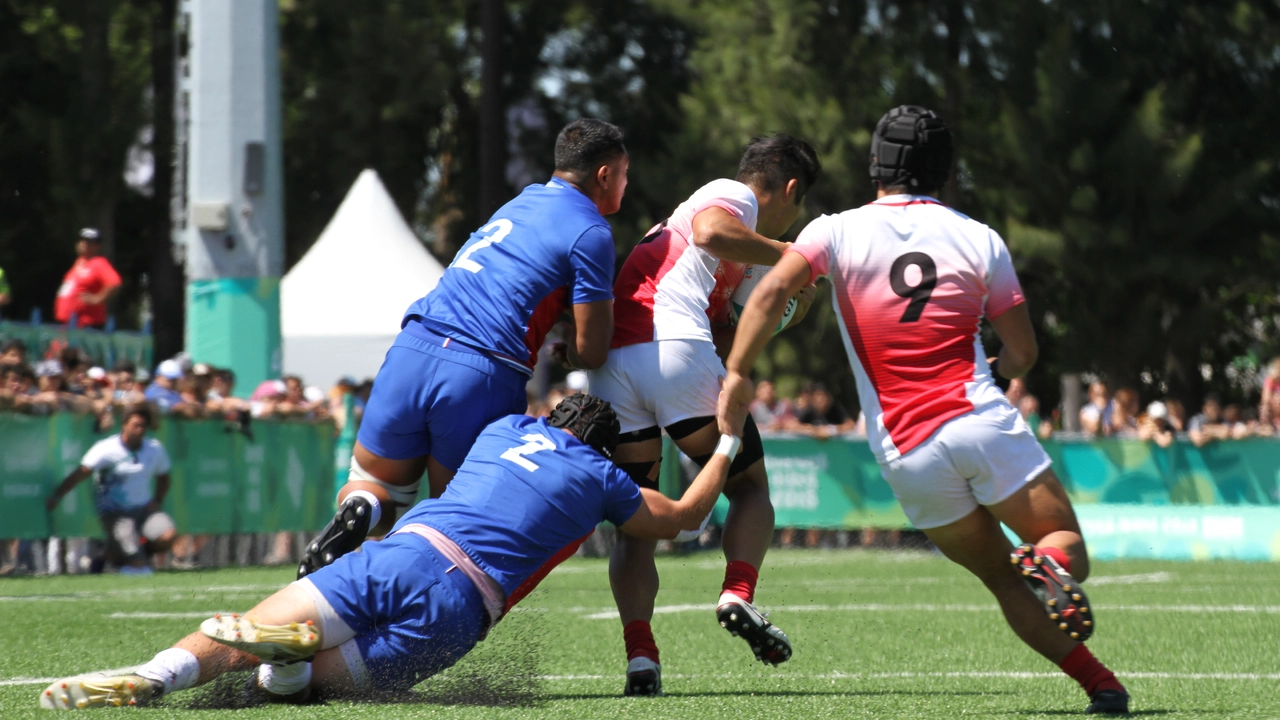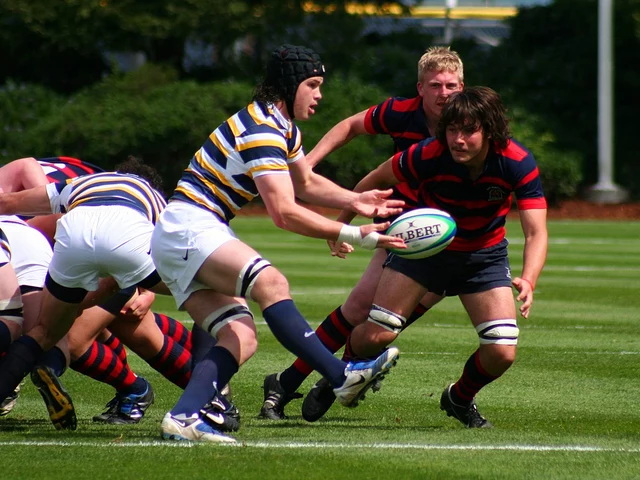Rugby Guide: Practical Tips for Players, Coaches and Fans
Welcome to the South London Rugby Football Club’s guide hub. Whether you’re stepping onto the pitch for the first time, coaching a youth side, or just want to understand the game better, this page gives you straight‑forward advice you can use today.
Getting Started – What You Need to Know First
Rugby isn’t just about size; it’s a blend of strength, speed, and smart decision‑making. The first thing to nail down is the basic positions. Forwards (props, hooker, locks, flankers, number 8) do the heavy lifting – scrums, line‑outs, rucks. Backs (scrum‑half, fly‑half, centres, wingers, full‑back) handle the running, passing and tactical kicking. Knowing where you fit helps you focus on the right skills.
Next, grab the right gear. A solid mouthguard, proper boots with good traction, and a comfortable jersey are non‑negotiable. You don’t need the most expensive kit; just make sure everything fits snugly and won’t slip during contact.
Key Skills to Practice
Passing and catching. A clean, flat pass keeps the ball moving fast and reduces handling errors. Practice one‑handed passes on the move – it mirrors game situations where you might be tackled.
Tackling technique. Lead with your shoulder, keep your head to the side, and drive with your legs. Start with low‑impact drills, then graduate to full‑speed tackles once you’re confident.
Rucking and mauling. Get low, secure your footing, and stay on your feet. Remember, the goal is to protect the ball, not to push the opponent off the pitch.
Fitness. Rugby demands both aerobic stamina and anaerobic bursts. Mix long‑run sessions (3‑5 km) with interval training (sprints of 30‑seconds followed by 90‑seconds rest) to build the required endurance and explosiveness.
Understanding the rules also saves you from costly penalties. A quick cheat‑sheet:
- Knock‑on = forward pass or dropping the ball – the other team gets a scrum.
- Off‑side = being in front of the kicker or the last foot of a ruck – results in a penalty.
- High tackle = contact above the shoulders – can lead to yellow or red cards.
When you’re new, watching a few matches with the commentary turned on helps you hear why referees call certain decisions. It’s the fastest way to learn the rhythm of the game.
For coaches, keep drills short and focused. A 10‑minute drill that repeats a single skill (like passing under pressure) is more effective than a long, unfocused scrimmage. Rotate players often so everyone gets reps in every position.
Fans, you can still use this guide. Knowing the difference between a line‑out and a scrum, or why a player chooses a tactical kick, makes the match more exciting. Look out for the number on the back of the jersey – it tells you the player’s typical role.
Finally, join the community. South London Rugby runs weekly socials, open training sessions and beginner clinics. Getting involved gives you hands‑on experience and a chance to ask questions in person.
Rugby is a game that rewards effort, teamwork and a willingness to learn. Use this guide as a starting point, keep practicing the basics, and you’ll see improvement faster than you expect.
Alright, mate! If you're on the hunt for a rugby sevens club in East London, you're in luck! Picture yourself weaving through players, sidestepping and diving for tries, feeling the grass under your boots. The first step is to do a good ol' internet search, there are plenty of clubs like East London RFC or Barking RFC waiting for you with open arms! Don't forget to check out local sports centres or community events too, they often have information about local clubs. So strap on your boots, put on your game face, and get ready to scrum down in East London!
READ MORE





